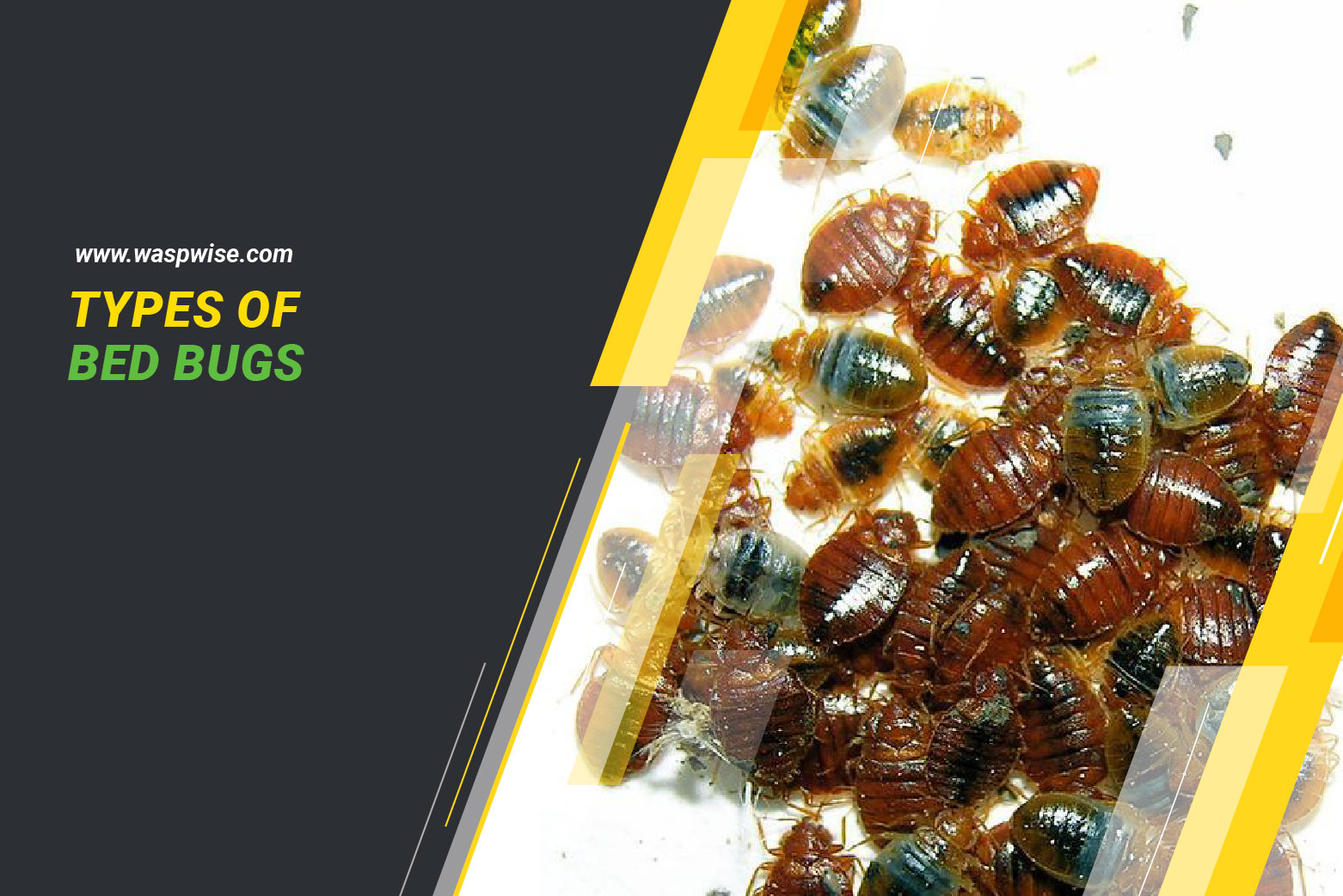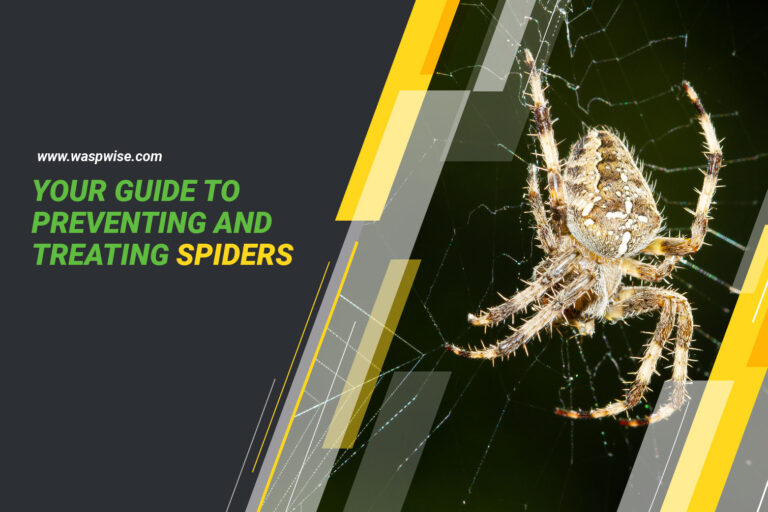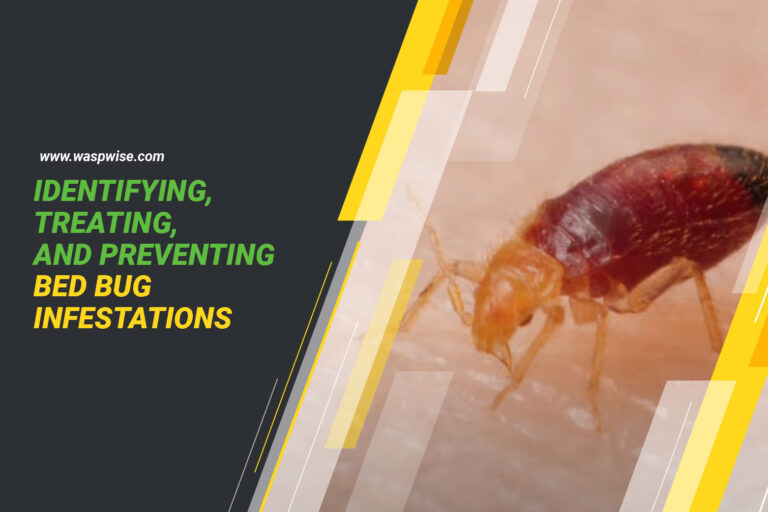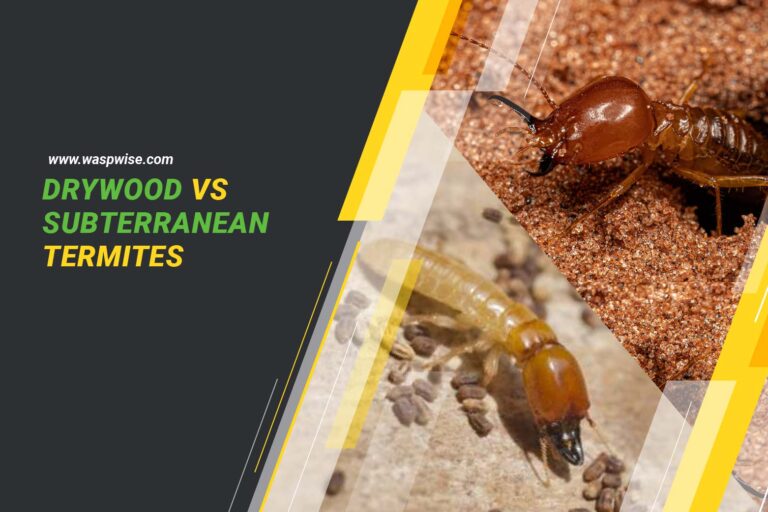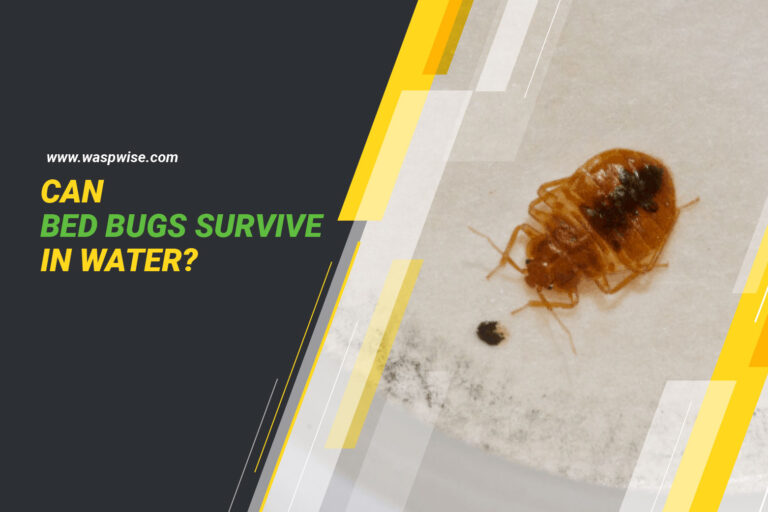TYPES OF BED BUGS: A QUICK GUIDE TO IDENTIFYING THE DIFFERENT VARIETIES
Bed bugs, those tiny nocturnal creatures that invade our homes and disrupt our sleep, have become an all-too-common nuisance. In this quick guide, we will delve into the world of bed bugs and explore the different types that exist. By understanding their characteristics, habitats, and behaviors, you’ll be armed with the knowledge needed to identify, prevent, and control these persistent pests.
What Are Bed Bugs?
Bed bugs are small, wingless insects that belong to the Cimicidae family. They are adept at hiding in cracks, crevices, and bedding during the day and emerge at night to feed on the blood of humans and animals. Adult bed bugs are typically reddish-brown, while nymphs are smaller and lighter in color. These unwelcome visitors are resilient and can survive for months without a blood meal, making them difficult to eradicate.
To gain a better understanding of bed bugs, it’s essential to grasp their life cycle. Bed bugs go through several stages of development, starting as tiny eggs that hatch into nymphs. Nymphs then molt multiple times, gradually growing into adult bed bugs. The entire life cycle takes approximately 4-6 weeks, depending on various factors such as temperature and food availability.
Common Types of Bed Bugs
The two most prevalent species of bed bugs are Cimex Lectularius, commonly known as the common bed bug, and Cimex Hemipterus, referred to as the tropical bed bug.
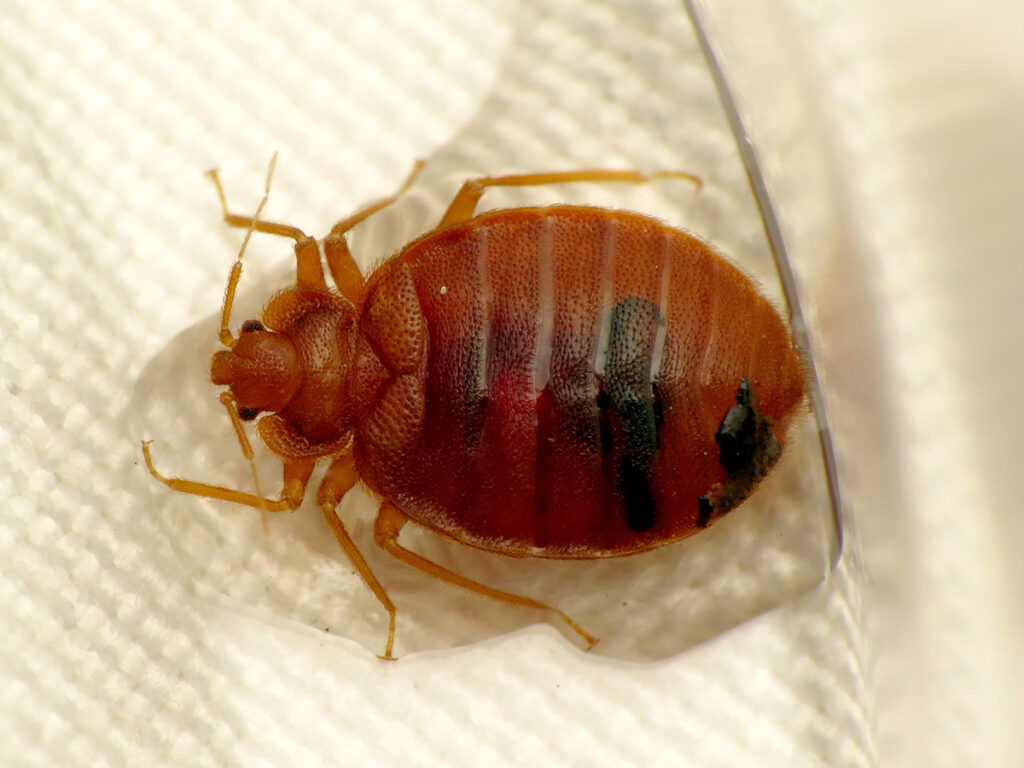
Cimex Lectularius is found worldwide and is highly adapted to human environments, infesting homes, hotels, and even public transportation.
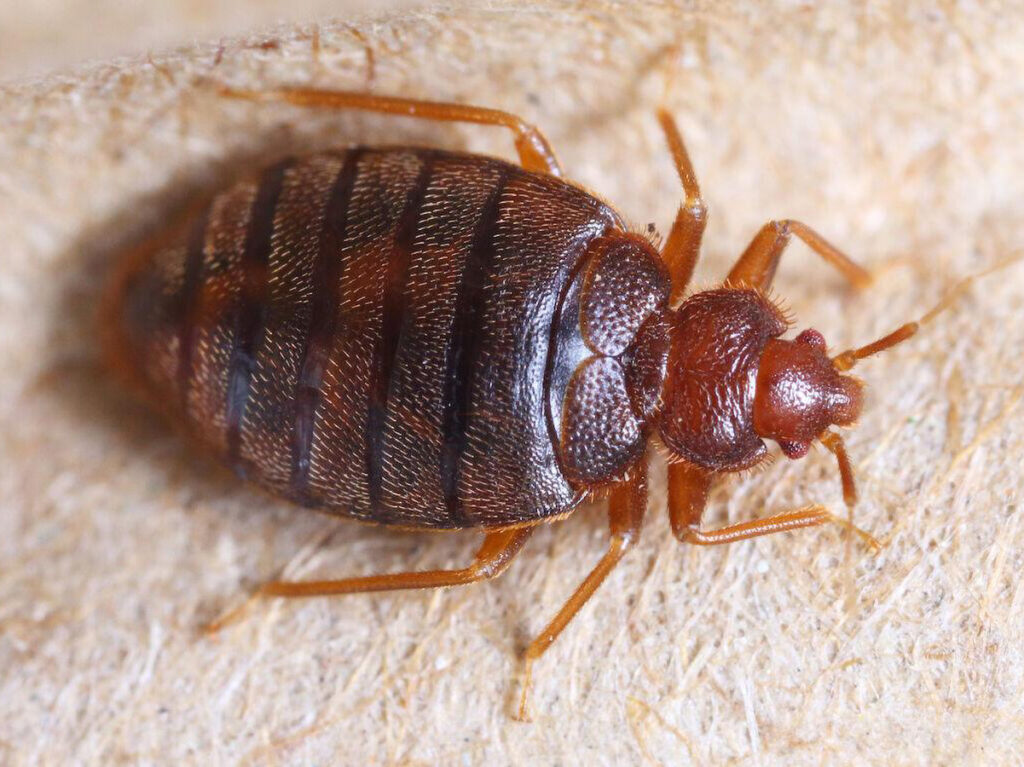
Cimex Hemipterus, on the other hand, thrives in tropical and subtropical regions, making it more prevalent in those areas.
In terms of their physical characteristics, bed bugs share similar traits. Adult bed bugs measure around 5-7 millimeters in length, have flat bodies, and possess a distinct segmented appearance. They have piercing mouthparts that they use to puncture the skin of their hosts and extract blood. However, the common bed bug and the tropical bed bug differ slightly in their preferred habitats and geographic distribution.
Cimex Lectularius is more versatile in terms of its living quarters, as it can adapt to various climates and is often found in temperate regions. It prefers to dwell in cracks and crevices near sleeping areas, such as mattresses, bed frames, and headboards. On the other hand, Cimex Hemiptera thrives in warmer climates and is typically associated with human settlements near bird nests or bat roosts.
Lesser-Known Types of Bed Bugs
While Cimex Lectularius and Cimex Hemipterus are the most well-known bed bug species, there are other types worth mentioning. Cimex Adjunctus, closely related to Cimex Lectularius, is commonly found in bird nests. While it primarily feeds on birds, it can bite humans if bird populations dwindle or if the bugs are accidentally transported into human dwellings.
Another lesser-known bed bug species is Leptocimex Boueti, which primarily infests bats. These bugs often dwell in bat roosts and feed exclusively on bat blood. While they are less likely to bite humans directly, infestations in buildings with bat populations can result in human bites.
Did You Know?
Bed bugs have been around for thousands of years and have evolved alongside humans.
Identification and Detection of Different Types of Bed Bugs
Identifying bed bugs early is crucial for effective control and prevention. Knowing what to look for can help you catch an infestation before it escalates. Here are some key indicators to help you identify and detect bed bugs:
1. Bites
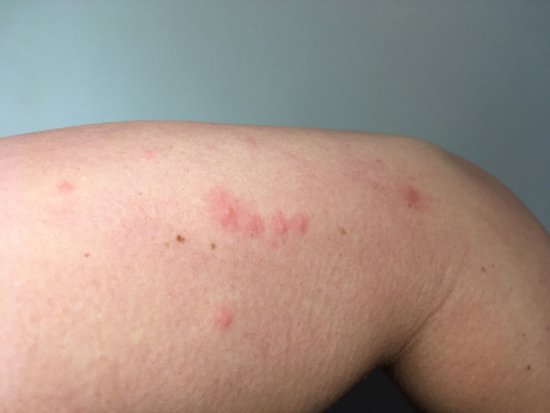
Bed bug bites often appear as small, red, itchy welts on the skin. While their bites are not always distinguishable from other insect bites, a pattern of multiple bites in a linear or clustered arrangement may suggest bed bugs.
2. Bloodstains and Fecal Spots
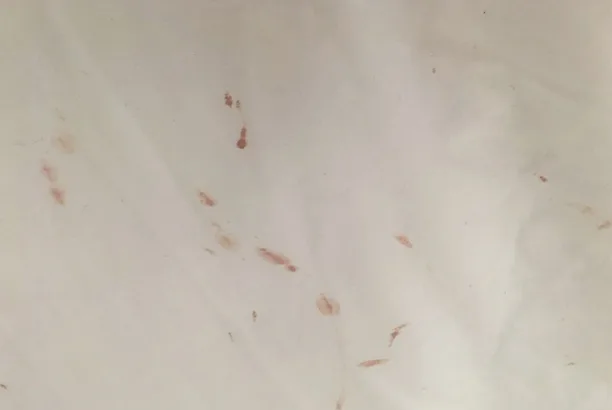
Bed bugs leave behind traces of their presence. Look for small blood stains on sheets, pillowcases, or other bedding materials. These stains occur when a bed bug is accidentally crushed after a blood meal. Additionally, you may notice dark fecal spots on bedding or nearby surfaces, resembling tiny black dots.
3. Shed Skins
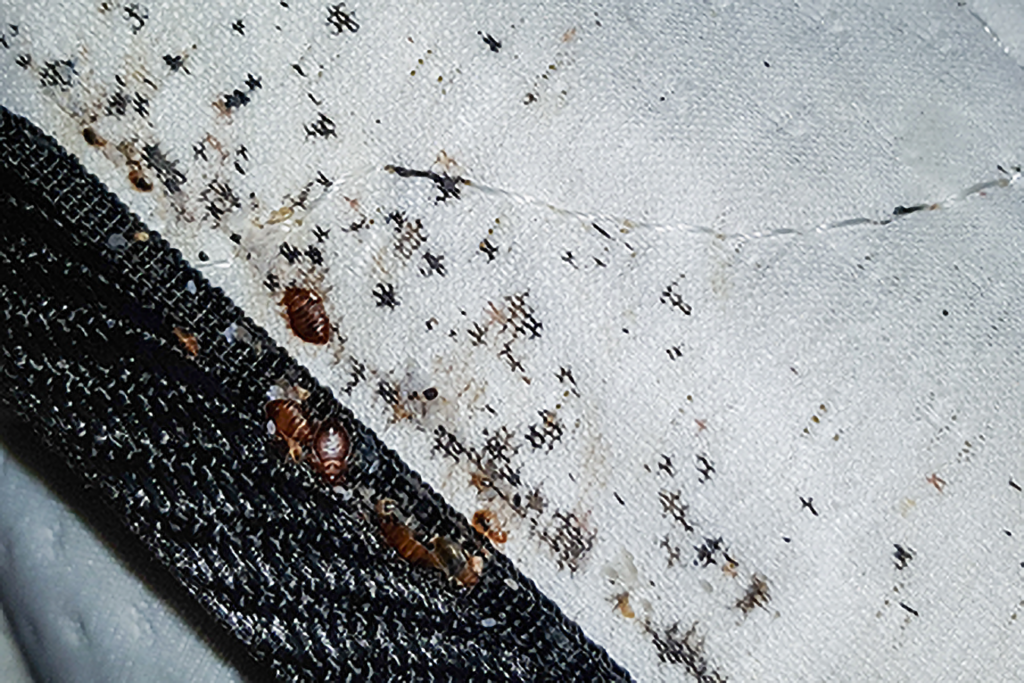
As bed bugs go through their molting process, they shed their exoskeletons. These translucent, empty skins can often be found in areas where bed bugs hide, such as mattress seams, cracks, or behind headboards.
4. Musty Odor
Bed bugs release a distinctive, sweet, musty odor. If you detect an unusual smell, especially in areas prone to infestations, it may indicate a bed bug presence.
To ensure accurate identification, it is advisable to seek professional assistance. Pest control professionals have the expertise and tools to conduct thorough inspections and confirm the presence of bed bugs.
Prevention and Control
Preventing bed bug infestations is crucial for maintaining a comfortable living environment. Here are some preventive measures and control strategies to consider:
- Maintain Cleanliness: Regularly clean and vacuum your home, paying attention to areas where bed bugs might hide, such as mattresses, bed frames, furniture crevices, and baseboards. Use a stiff brush to scrub mattress seams to dislodge any hidden eggs or bugs.
- Reduce Clutter: Minimize clutter in your living space, as it provides additional hiding spots for bed bugs. Keep belongings organized and stored properly.
- Examine Second-Hand Items: Before bringing in used furniture, mattresses, or clothing, carefully inspect them for signs of bed bugs. Look for the telltale signs mentioned earlier, such as bloodstains, fecal spots, or shed skins.
- Encase Mattresses: Use bed bug-proof mattress encasements to prevent bed bugs from infesting your mattress. These encasements create a barrier that traps any existing bed bugs inside and prevents new infestations.
- Heat Treatment: Bed bugs are sensitive to high temperatures. Washing infested bedding, clothing, and other washable items in hot water and drying them on the highest heat setting can help kill bed bugs. Additionally, professional heat treatments can be effective in eradicating bed bug infestations.
- Chemical Treatments: If you have a severe infestation, it is advisable to consult professional pest control services. They can provide targeted chemical treatments to eliminate bed bugs safely and effectively. It is crucial to follow their instructions and recommendations for maximum effectiveness and safety.
Remember, DIY methods may not provide long-term solutions and can sometimes worsen the problem. Seeking professional help ensures that the infestation is treated comprehensively and reduces the chances of re-infestation.
Conclusion
By familiarizing yourself with their characteristics, habits, and detection methods, you can take proactive measures to safeguard your home and prevent infestations.
Don’t let bed bugs disrupt your sleep and peace of mind. Stay vigilant, act promptly, and reclaim control over your living space.

